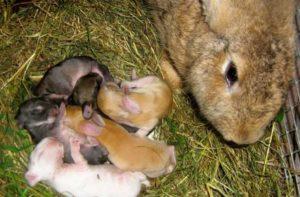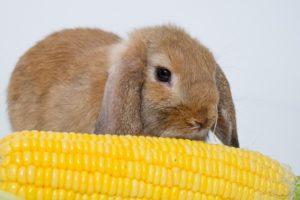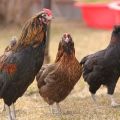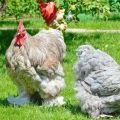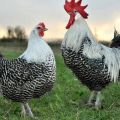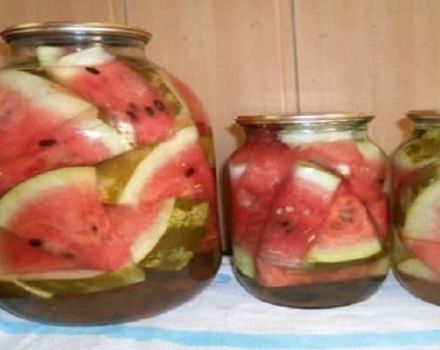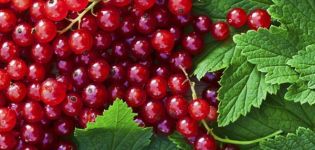Description and characteristics of chinchilla rabbits, rules of maintenance
Chinchilla rabbits have silvery-gray fur with iridescence, which makes them look like another rodent - the chinchilla, from which they got their name. Under this collective name, there are several varieties with a number of differences in constitution and adaptation to conditions of detention. This is due to the origin of chinchilla rabbits and distribution in different countries - in Europe, the USA and the countries of the former USSR.
Origin and official registration
The base breed was bred in France in the first decade of the twentieth century. Breeders of blue, wild rabbit and Russian ermine were selected for selection. The rabbits got their name for a specific chinchilla color - such fur was then in fashion. Rabbits quickly became popular and spread throughout European countries, went overseas. They had a drawback - capriciousness in growing and low body weight, compact size.
To make improvements, British breeders crossed chinchillas with a giant crawl. This led to an increase in body weight from 2.5 to 4 kilograms. Now in breeding there are both types of chinchillas - large and small. In the USSR, they began to breed such rabbits with the purchase of small representatives of chinchillas in America. But they were not adapted to the conditions of existence in the country, therefore they underwent selection.
There are many different breeds in the blood of the modern Russian chinchilla, but the most significant "infusion" was received from the white giants.
Officially, the Soviet chinchilla breed was registered in 1963 and since then has been actively bred in the countries of the former Soviet Union. Small rabbits of the French chinchilla breed are rare, being used more as pets than for industrial breeding.
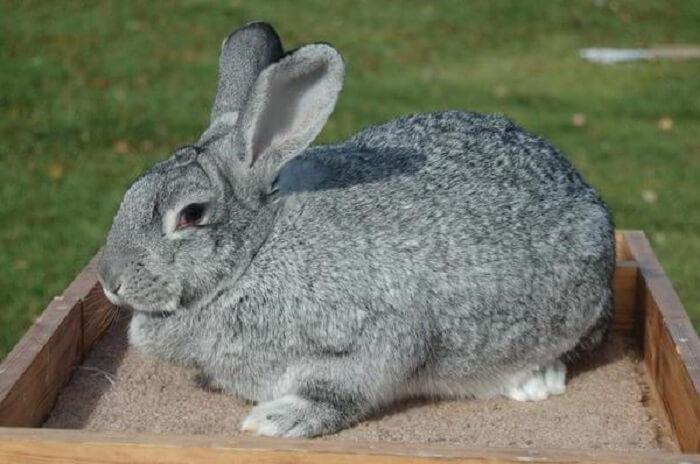
Description and characteristics of the chinchilla breed
The rabbits of the Soviet chinchilla have the following characteristic features:
- Large, elongated body with a broad chest.
- The head is of medium size.
- Ears of medium straight length.
- Silver-gray fur with a lighter tone on the belly, lower part of the tail and legs.
- The edge of the tail and the edge of the ears are colored black.
- Thick, dense fur.
- Strong backbone.
- Brown eyes.
The animals are perfectly adapted to the conditions of existence, they are distinguished by their unpretentiousness, suitable for breeding for skin and meat.
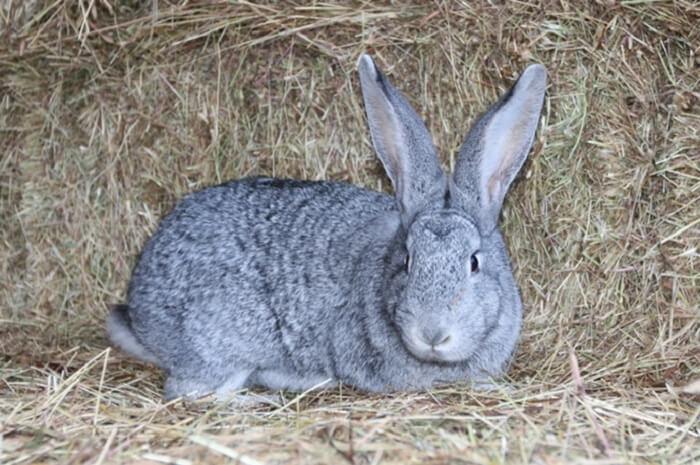
Advantages and disadvantages
Chinchilla rabbits have first class characteristics for mass breeding. They are suitable not only for obtaining a strong fluffy skin, but also give up to 5, and the largest representatives up to 7 kilograms, tender dietary meat (net yield - 56-63%).At the same time, the skin has excellent technical characteristics and does not need dyeing, as it has an original and demanded shade.
The advantages include undemanding living conditions and food choice. However, chinchilla rabbits grow rapidly only in the first two months, then the weight gain is reduced. They also have low fertility. In okrol, on average, up to 7 young rabbits are brought.
The subtleties of keeping and caring for a rabbit
Thanks to the selective approach, the rabbits of the Soviet chinchilla are distinguished by their unpretentiousness and ease of maintenance. They can be kept outdoors even in winter, as rabbits have warm, thick fur. But the calorie content of food must be increased by a third.

The requirements for conditions and care for representatives of the breed are standard:
- Constant cleanliness in the premises where rabbits are kept.
- Changing hay or straw frequently.
- Clean water in drinking bowls.
- Protection from wind and excessive moisture.
- Protection against strong solar radiation, especially during hot seasons.
- Balanced diet.
- Regular feeding.
- Lack of stress and irritants, especially during pregnancy, birth and nursing.
Compliance with the rules will help you get a strong and healthy livestock, a stable profit.
Diet for the breed
Chinchilla rabbits treat food without any special claims. The food contains the following components:
- Grass (fresh or hay).
- Corn.
- Combined feed.
- Root vegetables and vegetables, fresh and boiled. The rabbits are given only boiled potatoes.
- Dairy waste.
- Vitamins and minerals.
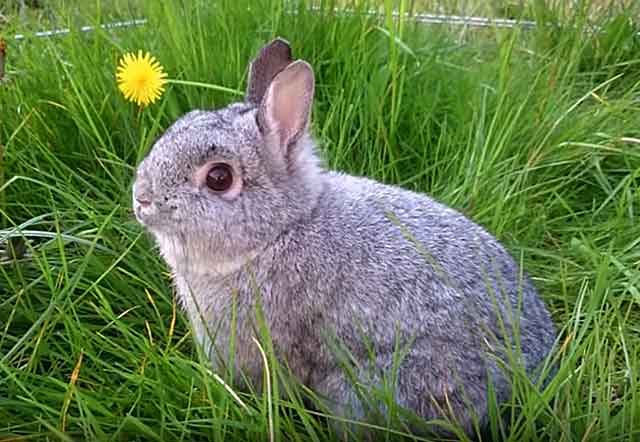
The teeth of these animals grow constantly, so they need roughage for grinding. You can give not only root vegetables, but also branches with leaves.
Household breeding
Chinchilla rabbits after a month's pregnancy bring 7-8 rabbits, which are provided with milk in large quantities. In the first 60 days, the rabbits grow quickly, gaining weight up to 1.8-2 kilograms. Then the weight gain slows down, so the animals are sent for slaughter at the age of 4-5 months. Since the cultivation is carried out on the skin, it is better to do this before winter, when the fur is especially thick and dense.
If winter round is expected, the pregnant female should be placed in a barn, ensuring she is free of drafts and warm. Adult animals are resistant to cold weather, but the young are born naked, and the female is not always in the nest, therefore appropriate conditions must be created to preserve the offspring.
A pregnant and lactating rabbit should not be disturbed, because of stress, she can gnaw the offspring, especially during the first birth. Okrol passes on its own, no human help is required. You only need to check the nest for dead rabbits. A pregnant and lactating female is fed more than other rabbits, increasing not only the volume of food, but also its calorie content. The rabbits quickly become independent, switching to standard food.
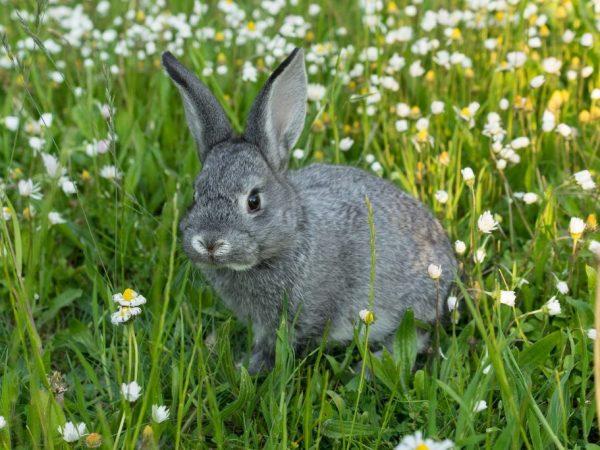
Vaccinations and diseases
Despite the fact that the chinchilla is considered a stable and unpretentious breed, all rabbits must be vaccinated against two main diseases:
- Myxomatosis.
- Viral hemorrhagic disease.
Animals are vaccinated from the age of one and a half months according to the following scheme:
- The first vaccination at 1.5 months when the rabbit weighs 500 grams.
- Re-vaccination at 4.5 months.
- Revaccination every 9 months.
Such actions can protect livestock from mass extinction.
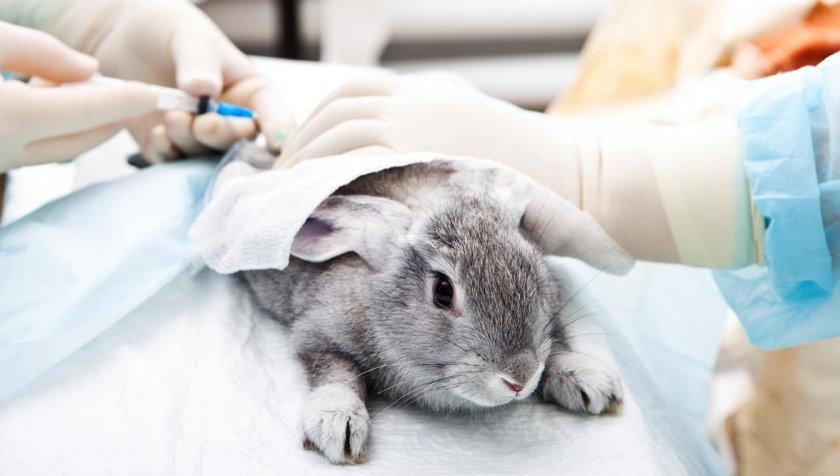
Myxomatosis is an acute viral disease. When it is noted the defeat of the conjunctiva with profuse purulent discharge, the formation of tumors on the head and genitals. The disease is spread by fleas and mosquitoes, that is, it spreads through the blood.An outbreak of the disease occurs during the warm season. The incubation period lasts 14 days, after which the disease enters the acute stage, and the infected animal dies.
VGBK (viral hemorrhagic disease of rabbits) affects the internal organs and manifests itself as punctate hemorrhages. It develops rapidly, a sick rabbit dies in a couple of days. The incubation period is hidden, lasts 5-6 days.
It is imperative to vaccinate rabbits, this saves their lives and prevents the development of an epidemic that can destroy all livestock on the farm. Pets also need to be vaccinated.
How to choose the right rabbit?
When choosing a rabbit, you need to pay attention not only to the conformity of the breed, but also to the state of health. The animal must have clean, clear eyes, no discharge from the ears, genitals. The skin should be smooth, shiny, the coat is not tousled, not coming out in tufts.
A healthy animal is cheerful and vigorous, is not afraid of a person and does not huddle in a corner, regularly eats and drinks water. You need to choose chinchillas for brood from a trusted seller, preferably branded and with passports. In this case, you can count on getting healthy offspring and successful reproduction, prosperity of the economy.
